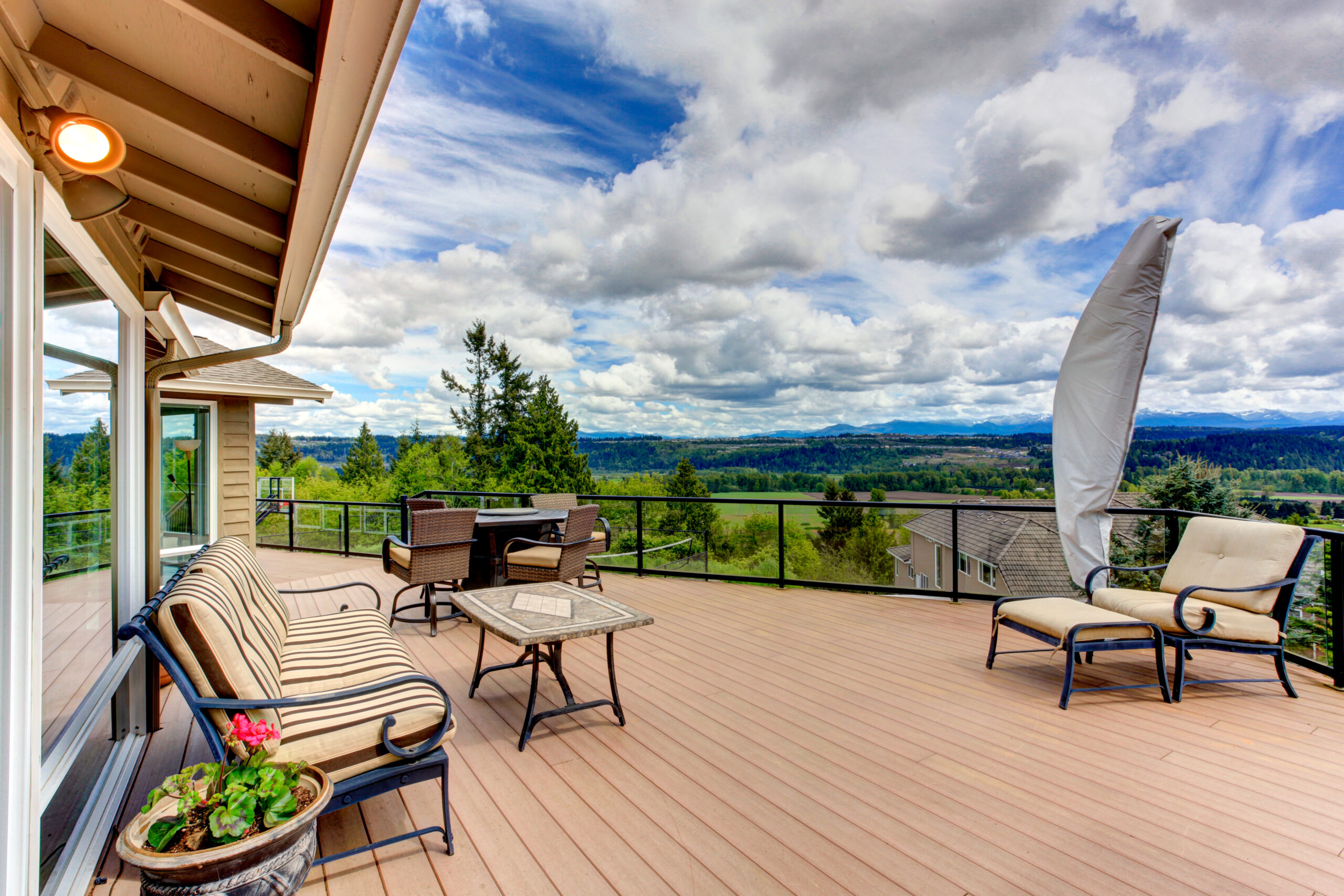A wooden deck is an excellent addition to your home. You can have it installed at a spot which gives you a good view of the outdoors. Alternatively, you can also choose an indoor deck if there are space constraints at your property.
Conventionally, natural wood had been used for decking purposes since ever. More recently, however, composite options have becoming increasingly popular for the sheer versatility and advantage they offer. Timbertech decks, for instance, are frequently preferred over natural wood decks today. But how do the two compare. Here’s a look at the pros and cons of both.
Rot Risks
Wood rots. That’s a bitter fact which plagues every natural wood deck sooner or later. More durable varieties will be able to resist rot and termites for a long time, many decades in some cases. But ultimately, they become prone to these problems. Timbertech decking, on the other hand, carry no such risks. Being made entirely from composite materials, such decks are fully resistant to rot and termites for their lifetime.
Outlook and Maintenance
Natural wood decks are notorious for the yearly or bi-yearly maintenance they require. If not well-maintained, they will quickly lose shine, incur scratches and become dull. The same is not true of timbertech decks. These decks have the ability to maintain their shine, resist scratches, prevent splintering and resist mildew or mold for decades on end. This literally translates into little to zero maintenance for at least 30 years.
Cost
One of the major arguments put forth against timbertech decks is that they cost significantly more than natural wood. The cost of a regular wood deck is typically between $15 and $25 per square foot. More durable varieties like cedar are going to set you back around $30 to $40 per square foot. In contrast, composite options such as timbertech decks will cost around $30 to $45 per square foot.
For a board sized at 320 square feet, the average cost difference between the two can be as high as $5,000. That being said, composite more than makes up for this difference by being a no-maintenance option. If you go with natural wood, you will end up spending the same $5,000 in the upkeep and maintenance of the boards.
Natural wood is often preferred for its look and feel when it comes to decking. However, with timberteck decks, composite materials are now able to exactly replicate this look and feel while offering numerous additional benefits. Composite decks may cost more initially but they more than pay for themselves in the long-term. If you are looking for a long-term, durable, zero-maintenance decking option, timbertech decks is definitely a great choice.
If you’re thinking about adding a deck to your property, your planning should take into account ROI variables. Materials, size, access, and the “wow factor” all contribute to a prospective buyer’s perception of the value added by a deck to the property. It’s worth becoming familiar with deck construction in the comparable properties in your area so you can position yours where you want to be value-wise. Another value relationship to consider is that between your deck budget and the overall value of the property. It doesn’t make ROI dollars and sense to build something too grand for the size and likely resale price of the home. One rule of thumb used by contractors and architects is that a deck should be no larger than the home’s biggest interior space.
Keep in mind, too, that adding value to your home gets the attention of the assessor and the underwriter, so your property taxes and insurance premiums are like to be increased. Like anything else built by human beings, a deck will inevitably require some maintenance and/or repair as time goes by. Good choices of materials, with expert design and construction, are the ticket to keeping those costs down and your enjoyment and ROI up.

